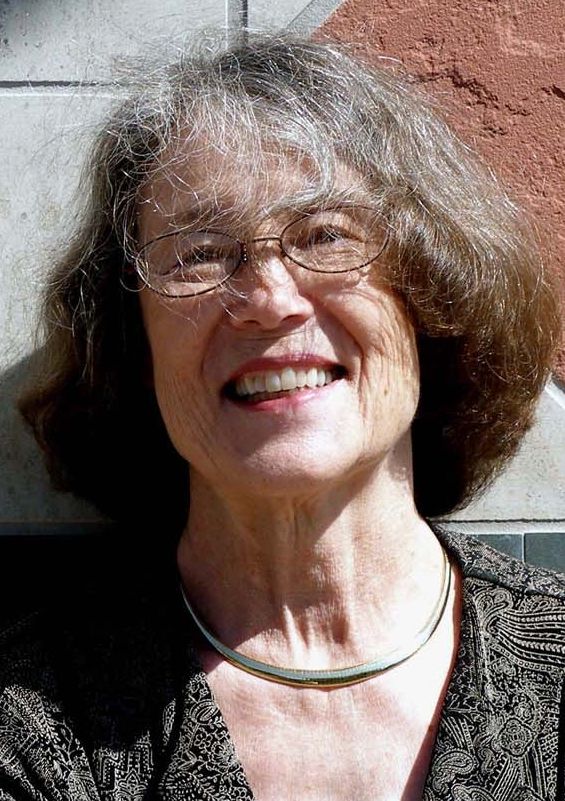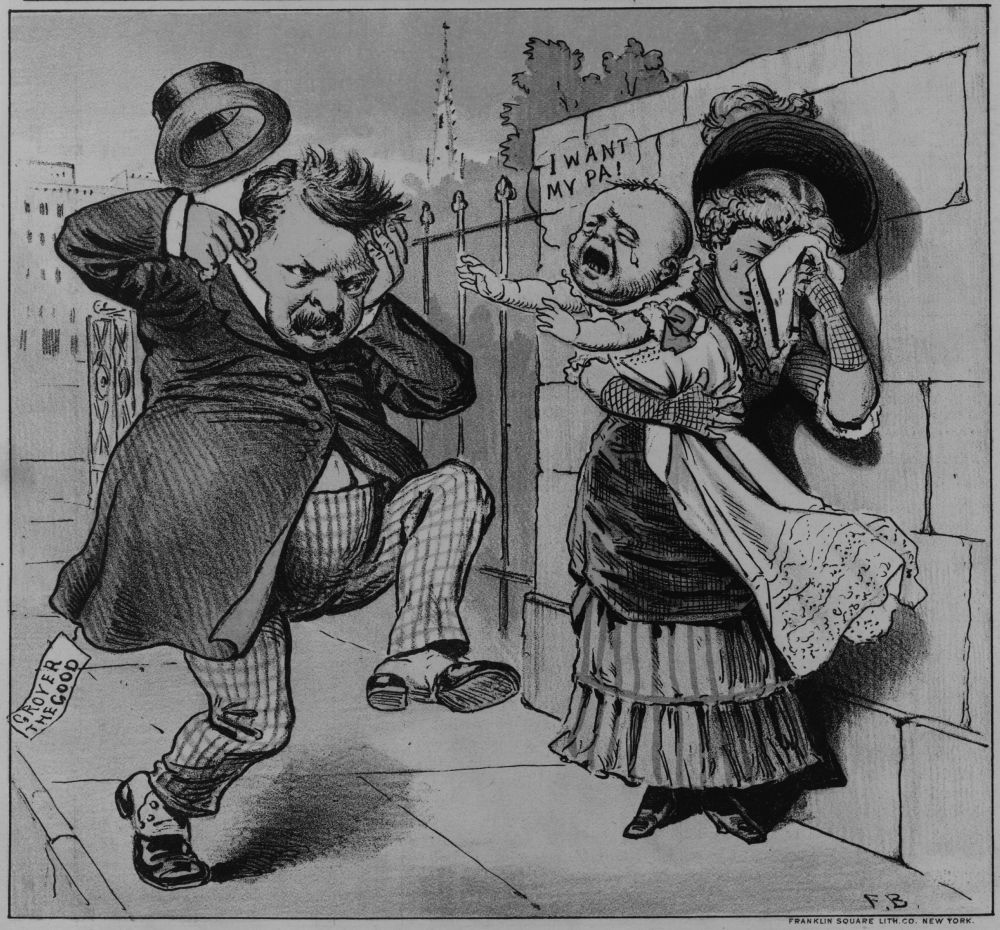Echoes of the Past


A bitter election. Social unrest and violence at home and abroad that seem to augur ruinous times. A gaping political divide fed in part by new technology and ways to communicate. Sound familiar? Welcome to the 19th century. While the hyper-partisanship of today’s America might feel new, two UC Santa Barbara scholars note that we’ve been down this road before.
“I don’t think we’ll have an outbreak of civil war,” said John Majewski, the Michael Douglas Dean of Humanities and Fine Arts at UCSB and a professor of history. “Yet it’s incredibly partisan, and some of the reasons for the partisanship now are similar to the reasons why we were so divided in the decades before the Civil War.”
Power, race, money — they all figure into the calculus of political calamity then and now. From slavery and the Civil War to the ravages of the Gilded Age, the U.S. was roiled by a chain of crises. Mary Furner, a professor of history who studies 19th- and 20th-century America, said the contentious politics of economics continues to plague the country. “The divisions are now deeper, even than they were in the 19th century,” she observed.
You could call the current state of the union The Great Partitioning. The country has been split along regional lines, Blue States vs. Red States, in a highly polarized political environment. It was largely the same in the 19th century, Majewski explained, and it was abetted by the thing some observers assumed would do the opposite: advances in technology, such as the telegraph, that made mass communication possible. “Things that had been remote suddenly became more real,” he said. “People began to have a more visceral reaction to developments such as the interstate slave trade, because it was no longer so abstract. It was easier to read about it and to hear first-hand accounts about it.”
Today, “the analog would be the internet and social media,” Majewski continued. “In the 19th century, people very much believed that things like railroads, telegraphs and national newspapers would bring the nation together, and they didn’t. In fact, they pushed us further apart. We hoped that the internet — this amazing source of information — would bring us closer together. It’s been the opposite.”
The politics of derision
We could say the same about politics today. Republican presidential candidate Donald Trump has called his Democratic rival, Hillary Clinton, “Crooked Hillary.” She has returned the favor with dire warnings about Trump’s character. And that was before both parties’ nominating conventions were over.
Politics in the 19th century were no better. Take the presidential race of 1884 between Grover Cleveland, a Democrat, and Republican James Blaine. It came out that Cleveland, a man who had a reputation for moral rectitude, was accused of fathering a child with an unmarried woman while he was a lawyer in Buffalo, N.Y. Cleveland did not deny paternity. “Through the campaign, he was followed with taunts saying, ‘Ma, Ma. Where’s my Pa?’ ” Furner noted. “After Cleveland won the election, his supporters fired back, ‘Gone to the White House. Ha! Ha! Ha!’ Mimicking this strategy, Trump supporters constantly have criticized Bill Clinton for womanizing and Hillary for defending him when the word got out about his hookup with Monica Lewinsky.”
Blaine had his own troubles in that election. Democrats had attacked him for enriching himself by doing political favors for railroads. He denied it, but a letter from him on the subject surfaced that ended with the plea, “Kindly burn this letter.” He was soon taunted with chants of “Blaine, Blaine, James G. Blaine; Continental Liar from the State of Maine. Burn this letter.”
Blood and fear
The nation seems to be in a collective state of shock lately over terrorist attacks, shootings by police and the murder of officers in Dallas and Baton Rouge. High-profile violence and 15 years of war in the Middle East make the world seem dangerous and unstable. While this violence pales in comparison to the Civil War — which was by far the single bloodiest conflict in the U.S. history — it echoes the violence of the late 19th century.
The assassination of President William McKinley at the dawn of the 20th century proved damaging to the national psyche, Furner noted. The popular, accessible McKinley had been re-elected in 1900, easily defeating William Jennings Bryan. Self-described anarchist Leon Czolgosz shot McKinley as the president was greeting the public in Buffalo, N.Y. on Sept. 6, 1901. “The reaction to McKinley’s assassination was more frightening, with even greater news coverage than that of President James Garfield, who had been killed 20 year before,” Furner explained. “At the time of McKinley’s death, several heads of state had already been killed by anarchists, among them a Russian tsar, a French president, a Spanish prime minister, an Austrian empress and an Italian king, before Czolgosz killed McKinley. Shortly after McKinley’s death, in 1903, Congress passed a law explicitly barring immigration of anarchists. This was the first enactment to target terrorists explicitly.”
The economics of inequality
The economy played a major role in the country’s disquiet in much of the 19th century. American-style laissez faire capitalism then, Majewski and Furner said, led to a deep inequality that became more visible as the country became more connected. “It’s a period of immense economic change before the Civil War,” Majewski noted, “and a period of intense economic change now. One could argue that as economic change accelerates, it deepens anxieties and those anxieties feed into partisanship.”
“What was happening in the late 19th century,” Furner explained, “was that people up and down the population hierarchy, from the poor to the wealthy, were all seeing the serious problems of trying to run a country by relying largely on unregulated competition, laissez faire.”
Before the Civil War, the economics of slavery played a big part in the country’s anxiety about inequality. The Republicans of Abraham Lincoln were opposed to slavery not just on moral grounds, Majewski explained, but on the dangers it posed the nation. They saw slaveholders as aristocrats who could control the nation’s politics — thereby making the country pro-slavery. “The Republican party was only against the spread of slavery — the party promised not to touch slavery where it already existed — but even that was too much for Southerners to bear,” he said.
That fear of a spreading slave economy played out amid rising inequality in the North, Majewski added. With land in the West plentiful, ordinary white Americans could have their own land. An expansion of slavery, though, threatened that opportunity to level the economic field. “The idea was that you might start off working for somebody else, but then you would save money and be able to go to the West and own farm or a shop,” he said. “But if that land is already claimed by slaveholders and large plantations, then that model doesn’t work.”
Stalled and divided
If today’s gridlock in Washington seems bad, you wouldn’t find much better conditions in the 19th century. Two presidents — Rutherford Hayes in 1876 and Benjamin Harrison in 1888 — were elected without winning the popular vote. Very rarely — only twice and for only two years each time in the Gilded Age — did a party hold the presidency and both houses of Congress, Furner noted. That doesn’t mean they didn’t get any legislation passed. Economic policies, especially tariffs, regularly made it to the president’s desk.
The tenures of Cleveland, who served non-consecutive terms as the 22nd and 24th president, were somewhat representative of the times. His first term was marked by signing a 10-year extension of the Chinese Exclusion Act and vetoing the Texas Seed Bill, which would have helped farmers devastated by drought. “Good ol’ Grover vetoed it and said exactly what arch-conservatives would say today: It’s not for the government to take care of the people, it’s for the people to take care of the government,” Furner said. “He used his executive power in his second term to defend the gold standard and achieve a small cut in the protective tariff. His whole policy was ‘do nothing,’ because he was pretty much a laissez faire liberal.”
Donald Trump’s run for president, Majewski said, both echoes and magnifies the political challenges of the 19th century. The businessman has shaken a Republican establishment that struggles to maintain its traditional control of the party. “There was a sense that older institutional structures just no longer work,” he said. “In the 1850s it was difficult for national institutions like political parties to survive the deep regional divides. I think we’re seeing a similar process now, where the parties as national institutions have much less power to contain conflict and impose some sense of decorum and rules of engagement. If candidates can raise their own money and reach voters directly through social media and cable news networks, then national parties matter less. And weaker parties mean, ironically, a more deeply polarized electorate.”







